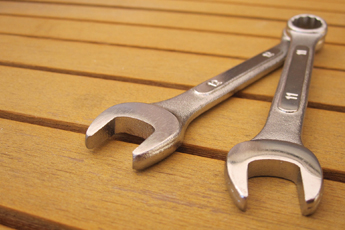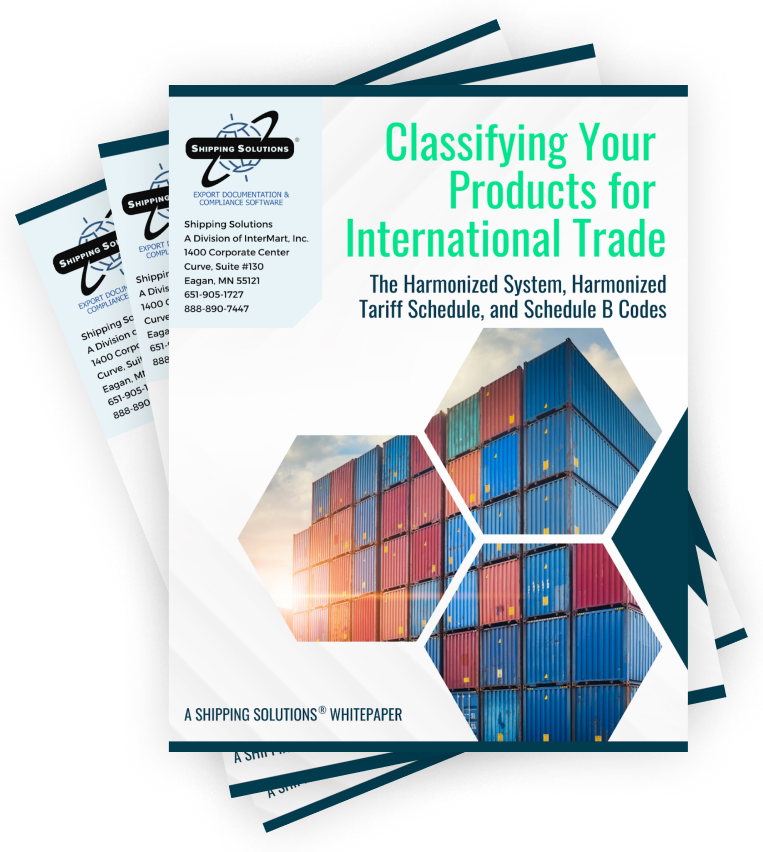The International Trade Blog Export Compliance
The Proper Valuation of Parts Replaced Under Warranty
On: February 22, 2016 | By:  Catherine J. Petersen |
3 min. read
Catherine J. Petersen |
3 min. read
 Dear Cathy,
Dear Cathy,
I read one of your previous blog posts regarding warranty parts that a U.S. manufacturer is providing to an international customer. The article shed light on establishing the export and re-import paper trail necessary to minimize duty and taxes. But…
Where can one find practical information regarding an international warranty exchange where a replacement part is automatically sent while the part needing repair is en route to the repair depot in the USA? The real issue for our clients is one of pricing and Value Added Taxes (VAT) at destination in the country where the goods will be installed. Can they establish a price list for parts that are replaced under warranty that is less compared to the price list of parts that are purchased for replacement, but not under warranty?
Your help is appreciated.
Regards,
Living in a VAT/Tax Nightmare
Dear Living in a VAT/Tax Nightmare,
The proper valuation of goods exported as warranty replacement items is an important topic for many firms.
It is the responsibility of the firm that has the business relationship with the overseas customer to establish true replacement values for their goods. A best practice is to establish a pricing/valuation schedule based on the sale price of the same item to a customer once the warranty period expires.
The Importance of Properly Valuing Your Goods
1. Insurance
If the replacement item is lost, stolen or damaged en route, the U.S. firm will be reimbursed by the carrier and/or the insurance carrier based on the value of the item stated in the export documentation supporting the shipment of the item (e.g. the customs invoice or commercial invoice). If the value is understated, the reimbursement will be less than replacement value.
2. Export Licensing
If the good requires an export license, its value must be established and documented for the export license application. (For more information about export licenses, download the free White Paper: How to Determine if You Need an Export License.)
3. Electronic Export Information (EEI) for AESDirect Filings
If the U.S. Principal Party in Interest (USPPI) and the filer of the EEI misrepresent the value of the item per Schedule B or HTSUS number to avoid destination duties and taxes, then the filer and the USPPI have violated U.S. law. Please see the Foreign Trade Regulations and the Export Administration Regulations.
4. Import Controls at Destination
If the exporter and the forwarder collude in under-declaring the value of the goods on commercial documentation, you will violate the regulations of the country of import.
5. Pricing and Sales Negotiation
By misstating the value of the goods to avoid duties and taxes, the buyer may use the reduced value to negotiate the pricing on products they purchase in the future.
Avoiding Duties on Replacement Parts
It seems that most folks want to avoid payment of duties on warranty replacement items. Rather than misstating the value, please look at the other possibilities. Here are a few suggestions:
- Work with a reputable customs broker in the buyer's country to identify the options in the buyer's country. They may discover that the buyer can register the faulty product with their government prior to export and return in order to obtain a refund of duties on the item being exported.
- Establish an internal procedure at the exporter's facility to ensure that there are appropriate instructions for international transactions embedded into the Materials Return Instruction/Authorization sent by the U.S. firm to the foreign buyer.
- At time of export of the warranty replacement goods from the U.S., be sure that the documentation includes the following details and other relevant information specific to the product, such as serial numbers:
- The original sale reference numbers;
- That this is a replacement being sent at no charge;
- The true value of the good;
- Any import license numbers;
- Any registration numbers;
- A letter of credit number;
- The original bill of lading number for shipment of the original item; and
- If possible, the original import clearance number with corresponding detail required by the importer's country.
Good luck,
Cathy Petersen
This post was originally published in July 2012 and has been updated to include current information, links and formatting.
Like what you read? Subscribe today to the International Trade Blog to get the latest news and tips for exporters and importers delivered to your inbox.

About the Author: Catherine J. Petersen
In 1992, Catherine Petersen founded C J Petersen & Associates, LLC, a research, instruction and consulting firm located in St. Paul, Minnesota, USA. She has designed documentation and procedure manuals for exporters and has authored/co-authored five books.
Ms. Petersen has had day-to-day practical experience at a freight forwarder, a trading company, and an ocean carrier; she has been active in international business since 1980. Her background led her to develop C J Petersen & Associates, LLC, which is a collaborative consultancy that works with clients to identify compliance gaps and to resolve them. Ms. Petersen retired in 2022.

